[Editor’s Note: Our review was conducted on the 17/18 Line Blend, which is unchanged for 2018-19 and 2019-20, except for the graphics].
The Roofbox is back with one aim: No bullshit, in-depth ski reviews, by ski bums for ski bums. No sponsored athletes, no 'we took 3 runs at a ski test'. Brands send us the sticks and we spend a solid chunk of our own seasons shredding them. Then when, and only when, we've spent enough time on a ski to judge it fully, we tell you what we honestly think about the pros and cons of a ski and who we think it will work for. It's a matter of pride for us that 'NS Tested' means something and that we advise you as best as possible what you should be slinging in your roofbox.
Ski: Line Blend
Length skied: 178cm
Tip-Tail Length (Straight Tape): 175.6cm
Shape: 132-100-122
Measured weight (each ski): 1866/1837
Mount: True centre
Binding: Tyrolia Attack 16 (2018 model)
Days skied: 10
Reviewer height/weight: 5'9, 145lbs
Review Location(s): Snowpark Zermatt, The Snow Centre - Hemel Hempstead
Conditions skied: Ice, summer slush, fresh groomed, indoor, shallow pow
It's one thing to review a ski that has just been released or isn't even on the market yet. In those circumstances you have a blank slate, no preconceptions, no knowledge of what your friends think. Reviewing an iconic ski like the Line Blend is another matter entirely. It's had the same footprint since 2009, and has been more or less unchanged since 12-13. The last pair I had skied for more than a run was a 12-13 pair, which as an aside had one of my favourite topsheets of all time. Back then, I preferred the Sir Francis Bacon as a fat park option. But that ski is now far more all-mountain oriented and I felt it was about time to revisit the Blend, a ski that is even more popular now than it was back then.
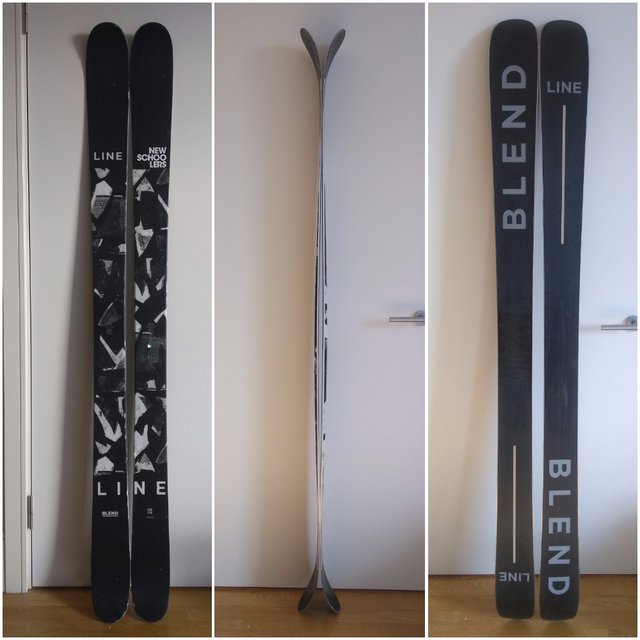
Graphics and profile
I'm sure that's in large part thanks to the Blend being ever-present on the feet of the majority of the Line Team. And the team genuinely loves it. I ski with quite a few of the crew regularly and, sponsorship commitments aside, they love the ski. So much so that they beg Line's engineers year after year not to change it. It was with this knowledge in mind that I mounted my pair and got to work skiing them.
On Snow:
I'm going to get the less obvious points of note about the Blend out of the way first. One is that they actually ski pretty nicely on groomers, if you don't try to push them too hard and it isn't too icy. The circa 20m sidecut is fairly middle-of-the-road and as a result will handle most kinds of turn well enough. If it's icy or you're railing turns hard, then these rapidly become a ski you don't want to be on, especially once you hit rails and lose the underfoot edge. I also really enjoy skiing the Blend in powder, as long as it isn't too heavy or stupidly deep. My lasting memory of my 2012-13 pair was having fun on powder days and that hasn't changed in the intervening 5 years. The prominent tips and tails mean I even quite like them for landing switch in fresh snow. The 100mm width is a great centre ground: fat enough to be versatile and provide some stability on a soft ski but not so wide that the Blend becomes slow edge to edge.
To cut a long story short though, pretty much every aspect of the Blend's performance is dictated primarily by its flex. While there is a semi-stable platform underfoot, the nose and tail are softer than any ski I can think of on the market today. And not just a bit softer, significantly so, even compared with, say, the Al Dente which are pretty damn soft themselves.
Which is why, while the shape carves really nicely, they get shaky at high speed. And while they feel great in soft, light snow they are overpowered by heavy conditions. And so despite the name and being 100mm underfoot, the Blend is basically a park ski, a jib tool through and through because they struggle to power through anything other than perfect conditions elsewhere. That's where they are used by the vast majority of its owners and so that's where the performance most matters. There are simply other skis in this market bracket with much more power and stability, giving them the versatility to push through a greater variety of conditions.
https://www.instagram.com/p/BV2V783h_9k/?taken-by=twig_spens
In the park they are, and this really should go without saying, ridiculously easy to butter. You barely need to throw any weight at all to get them to flex, a characteristic amply displayed by a quick search of the bendyourblends hashtag. However, with the soft flex comes an ease of overpowering. Throw too much weight and you will fold the Blend in half and end up on your face. I had issues with this, sometimes lacking the subtle control required to not wash right through them on butter landings etc. Clearly guys like Peyben and Sami O don't have the same issue. I can see why they love them, because they will flex any time you want, as long as you have the control not to overdo it. On occasion, I didn't. Even at the comparatively low speeds indoors at The Snow Centre, I occasionally found myself overpowering them.
By the same token, the soft-flex and moderate camber combined provide almost no energy/rebound. You have have to generate all your pop in your legs because the skis provide little of their own. Some people like that feel but I prefer a little more energy. While we're on the subject of shape, the full tips and tails, as opposed to the smooth rise you get on lots of skis these days, are really a nice touch in the park because you avoid the risk of digging the tips/tails in on nollies and in tight transitions, making them very well-suited to playing around.
The Blend does have some stiffness in front of and behind the binding which provides a landing platform if you get it right. The shape of the ski helps a little here, with the mellow rocker profile giving you close to full running length and thus some support. But I did find the Blend to be notably less stable than other skis I've been on recently, for example the full-camber-tailed Al Dente, or the even the ON3P Magnus from my last review (despite their mammoth rocker). As a result, I found myself washing out more than a couple of times when I got things a little wrong. Again, this is a precision issue. Will Wesson and Kevin Salonius both ride the same 178 Blends I was riding and love them. Both guys are comfortably north of 6 foot, and probably have 40lbs minimum on me weight-wise and I don't see them washing out all over the place.
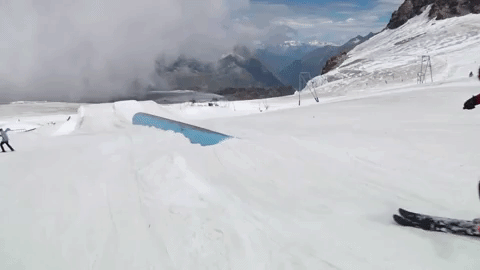
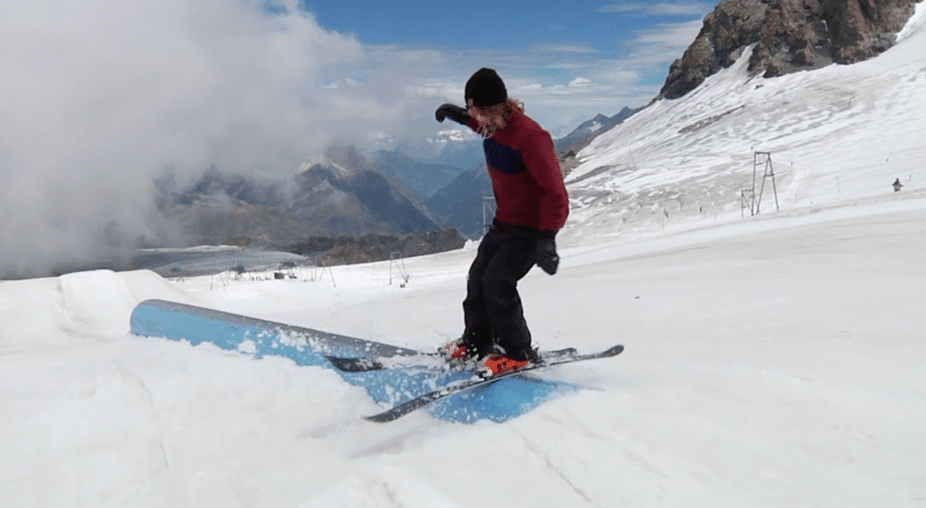
Check that flex on impact (gif for reference of said impact)^
Is the Blend best-suited to pros then? Well not exclusively, that's for sure, because as a result of the soft flex and fairly traditional shape, they're super easy to ski. You couldn't find a ski better for learning your first butters, progressing your rail game etc. There isn't much core in those super soft tips, so the swingweight is pretty low for learning to spin too. Indeed, the skis are pretty light overall at around 1850g a ski, especially given they are 100mm underfoot and come with 'Fatty' edges and bases: edges which held up fine during my test and which historically I've found to be solid on Line skis.
What didn't hold up so well was the topsheet part of the capwall, which after around 7 days on skis had one major and several minor coreshots through the cap i.e wood exposed, beyond the level of normal chipping. This wasn't actually a functional issue, I just smeared some epoxy in the gaps to keep the water out and they have held up fine since but it's not what you'd ideally want from your week-old skis. Looking at the abundant pairs of Blends in the Zermatt shape room, it did look like I'd had particularly bad luck though.Soft skis are generally a higher snap risk than stiffer ones so that is worth factoring in to your durability calculation.
I'd be lying if I said that the Blend was a ski I'd personally want to ski every day, I like something a bit more solid and precise-feeling. Even in my soft ski phase, I found the Blend too soft and that is even more true now that I find myself preferring mid-flex skis. Yet despite not working for me as a day to day option, I learned some new stuff on them that I don't think I'd even have considered on a stiffer ski. If you are looking for the softest ski to try new weird butter combos then #bendyourblends are the one. The price you pay for the ultimate ease of flex comes in the form of compromised performance, power and stability elsewhere. If that is a tradeoff you're willing to make, then the Blend is a good answer.
There is definitely still a place in the market for super soft skis and the Blends are the last of their breed. When they are gone, I don't think there will be a like for like replacement because they appeal solely to a niche of a niche. I admire Line for keeping them going for so long, for continuing to supply a market that pretty much all brands have abandoned. If they are what you're looking for (and make sure you really do want a soft ski first) get them while you still can.
One benefit of reviewing an established ski is that many of you have skied these. So let me know what you think below. Am I way off?
Find out what I'm reviewing in real time: @twig_spens
Next up from me: Völkl Revolt 95
- Merchant Sale Price Retail Price
-
Skis.com $599.95 Line Blend Skis 2022
-
 evo $324.98 $649.95 Line Skis Blend Skis 2024 size 164
evo $324.98 $649.95 Line Skis Blend Skis 2024 size 164 -
 evo $324.98 $649.95 Line Skis Blend Skis 2024 size 185
evo $324.98 $649.95 Line Skis Blend Skis 2024 size 185 -
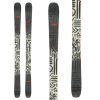 evo $324.98 $649.95 Line Skis Blend Skis 2024 size 164
evo $324.98 $649.95 Line Skis Blend Skis 2024 size 164 -
 evo $649.95 Line Skis Blend Skis 2025 size 164
evo $649.95 Line Skis Blend Skis 2025 size 164 -
 evo $649.95 Line Skis Blend Skis 2025 size 185
evo $649.95 Line Skis Blend Skis 2025 size 185 -
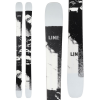 evo $649.95 Line Skis Blend Skis 2025 size 185
evo $649.95 Line Skis Blend Skis 2025 size 185 -
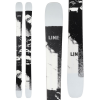 evo $649.95 Line Skis Blend Skis 2025 size 171
evo $649.95 Line Skis Blend Skis 2025 size 171 -
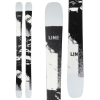 evo $649.95 Line Skis Blend Skis 2025 size 178
evo $649.95 Line Skis Blend Skis 2025 size 178 -
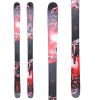 evo $649.95 Line Skis Will Wesson Pro Blend Skis 2025 size 180
evo $649.95 Line Skis Will Wesson Pro Blend Skis 2025 size 180 -
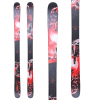 evo $649.95 Line Skis Will Wesson Pro Blend Skis 2025 size 169
evo $649.95 Line Skis Will Wesson Pro Blend Skis 2025 size 169 -
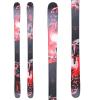 evo $649.95 Line Skis Will Wesson Pro Blend Skis 2025 size 175
evo $649.95 Line Skis Will Wesson Pro Blend Skis 2025 size 175 -
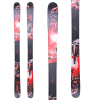 evo $649.95 Line Skis Will Wesson Pro Blend Skis 2025 size 175
evo $649.95 Line Skis Will Wesson Pro Blend Skis 2025 size 175 -
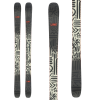 evo $324.98 $649.95 Line Skis Blend Skis 2024 size 185
evo $324.98 $649.95 Line Skis Blend Skis 2024 size 185 -
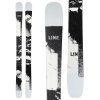 evo $649.95 Line Skis Blend Skis 2025 size 185
evo $649.95 Line Skis Blend Skis 2025 size 185 -
 evo $649.95 Line Skis Will Wesson Pro Blend Skis 2025 size 175
evo $649.95 Line Skis Will Wesson Pro Blend Skis 2025 size 175
Shop For Line Blend
- Merchant Sale Price Retail Price
-
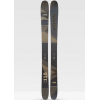 PRFO Sports $539.99 $899.99 Line Men's Vision 118 Ski
PRFO Sports $539.99 $899.99 Line Men's Vision 118 Ski -
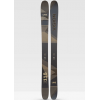 PRFO Sports $539.99 $899.99 Line Men's Vision 118 Ski
PRFO Sports $539.99 $899.99 Line Men's Vision 118 Ski -
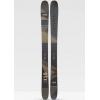 PRFO Sports $539.99 $899.99 Line Men's Vision 118 Ski
PRFO Sports $539.99 $899.99 Line Men's Vision 118 Ski -
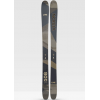 PRFO Sports $509.99 $849.99 Line Men's Vision 108 Ski
PRFO Sports $509.99 $849.99 Line Men's Vision 108 Ski -
 PRFO Sports $479.99 $799.99 Line Men's Vision 98 Ski
PRFO Sports $479.99 $799.99 Line Men's Vision 98 Ski -
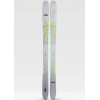 PRFO Sports $479.99 $799.99 Line Men's Blade Optic 96 Ski
PRFO Sports $479.99 $799.99 Line Men's Blade Optic 96 Ski -
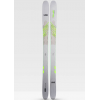 PRFO Sports $479.99 $799.99 Line Men's Blade Optic 96 Ski
PRFO Sports $479.99 $799.99 Line Men's Blade Optic 96 Ski -
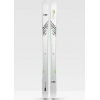 PRFO Sports $359.99 $599.99 Line Men's Blade Optic 92 Ski
PRFO Sports $359.99 $599.99 Line Men's Blade Optic 92 Ski -
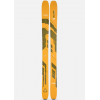 PRFO Sports $539.99 $899.99 Line Men's Blade Optic 114 Skis
PRFO Sports $539.99 $899.99 Line Men's Blade Optic 114 Skis -
 PRFO Sports $539.99 $899.99 Line Men's Blade Optic 114 Skis
PRFO Sports $539.99 $899.99 Line Men's Blade Optic 114 Skis -
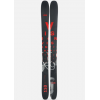 PRFO Sports $539.99 $899.99 Line Men's Vision 118 Skis
PRFO Sports $539.99 $899.99 Line Men's Vision 118 Skis -
 PRFO Sports $539.99 $899.99 Line Men's Vision 118 Skis
PRFO Sports $539.99 $899.99 Line Men's Vision 118 Skis -
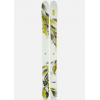 PRFO Sports $539.99 $899.99 Line Men's Sir Francis Bacon 115 Skis
PRFO Sports $539.99 $899.99 Line Men's Sir Francis Bacon 115 Skis -
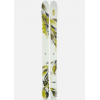 PRFO Sports $539.99 $899.99 Line Men's Sir Francis Bacon 115 Skis
PRFO Sports $539.99 $899.99 Line Men's Sir Francis Bacon 115 Skis -
 PRFO Sports $479.99 $799.99 Line Men's Blade Optic 96 Skis
PRFO Sports $479.99 $799.99 Line Men's Blade Optic 96 Skis -
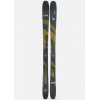 PRFO Sports $479.99 $799.99 Line Men's Blade Optic 96 Skis
PRFO Sports $479.99 $799.99 Line Men's Blade Optic 96 Skis -
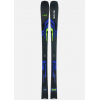 PRFO Sports $479.99 $799.99 Line Women's Blade Skis
PRFO Sports $479.99 $799.99 Line Women's Blade Skis -
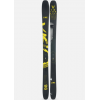 PRFO Sports $479.99 $799.99 Line Men's Vision 98 Skis
PRFO Sports $479.99 $799.99 Line Men's Vision 98 Skis -
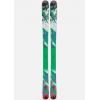 PRFO Sports $329.99 $549.99 Line Women's Pandora 84 Skis
PRFO Sports $329.99 $549.99 Line Women's Pandora 84 Skis -
 PRFO Sports $329.99 $549.99 Line Women's Pandora 84 Skis
PRFO Sports $329.99 $549.99 Line Women's Pandora 84 Skis -
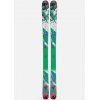 PRFO Sports $329.99 $549.99 Line Women's Pandora 84 Skis
PRFO Sports $329.99 $549.99 Line Women's Pandora 84 Skis -
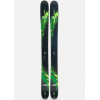 PRFO Sports $287.99 $479.99 Line Junior Sir Francis Bacon Shorty Skis
PRFO Sports $287.99 $479.99 Line Junior Sir Francis Bacon Shorty Skis -
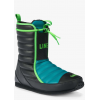 PRFO Sports $83.99 $139.99 Line Men's Bootie 2.0
PRFO Sports $83.99 $139.99 Line Men's Bootie 2.0 -
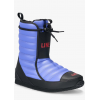 PRFO Sports $83.99 $139.99 Line Men's Bootie 2.0
PRFO Sports $83.99 $139.99 Line Men's Bootie 2.0 -
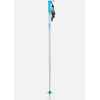 PRFO Sports $59.99 $99.99 Line Men's Wallischtick Ski Poles
PRFO Sports $59.99 $99.99 Line Men's Wallischtick Ski Poles -
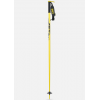 PRFO Sports $50.99 $84.99 Line Men's Pin Ski Poles
PRFO Sports $50.99 $84.99 Line Men's Pin Ski Poles -
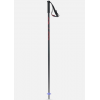 PRFO Sports $50.99 $84.99 Line Men's Tac Ski Poles
PRFO Sports $50.99 $84.99 Line Men's Tac Ski Poles -
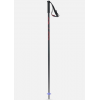 PRFO Sports $50.99 $84.99 Line Men's Tac Ski Poles
PRFO Sports $50.99 $84.99 Line Men's Tac Ski Poles -
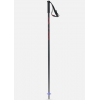 PRFO Sports $50.99 $84.99 Line Men's Tac Ski Poles
PRFO Sports $50.99 $84.99 Line Men's Tac Ski Poles -
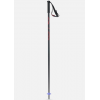 PRFO Sports $50.99 $84.99 Line Men's Tac Ski Poles
PRFO Sports $50.99 $84.99 Line Men's Tac Ski Poles -
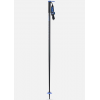 PRFO Sports $44.99 $74.99 Line Women's Hairpin Ski Poles
PRFO Sports $44.99 $74.99 Line Women's Hairpin Ski Poles -
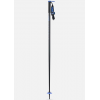 PRFO Sports $44.99 $74.99 Line Women's Hairpin Ski Poles
PRFO Sports $44.99 $74.99 Line Women's Hairpin Ski Poles -
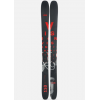 PRFO Sports $539.99 $899.99 Line Men's Vision 118 Skis
PRFO Sports $539.99 $899.99 Line Men's Vision 118 Skis -
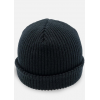 PRFO Sports $29.99 Line Men's Dock Beanie
PRFO Sports $29.99 Line Men's Dock Beanie -
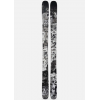 PRFO Sports $749.99 Line Unisex Chronic 101 Ski
PRFO Sports $749.99 Line Unisex Chronic 101 Ski -
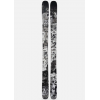 PRFO Sports $749.99 Line Unisex Chronic 101 Ski
PRFO Sports $749.99 Line Unisex Chronic 101 Ski -
 PRFO Sports $499.99 Line Unisex Honey Badger Ski
PRFO Sports $499.99 Line Unisex Honey Badger Ski -
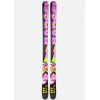 PRFO Sports $499.99 Line Unisex Honey Badger Ski
PRFO Sports $499.99 Line Unisex Honey Badger Ski -
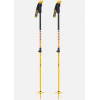 PRFO Sports $169.99 Line Unisex Vision Poles
PRFO Sports $169.99 Line Unisex Vision Poles -
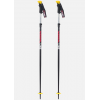 PRFO Sports $109.99 Line Unisex Slider Katana Poles
PRFO Sports $109.99 Line Unisex Slider Katana Poles -
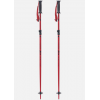 PRFO Sports $69.99 Line Junior Get Up Poles
PRFO Sports $69.99 Line Junior Get Up Poles -
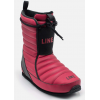 PRFO Sports $149.99 Line Unisex Bootie 2.0
PRFO Sports $149.99 Line Unisex Bootie 2.0 -
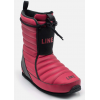 PRFO Sports $149.99 Line Unisex Bootie 2.0
PRFO Sports $149.99 Line Unisex Bootie 2.0 -
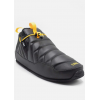 PRFO Sports $119.99 Line Unisex Bootie 1.0
PRFO Sports $119.99 Line Unisex Bootie 1.0 -
 PRFO Sports $119.99 Line Unisex Bootie 1.0
PRFO Sports $119.99 Line Unisex Bootie 1.0 -
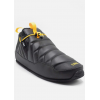 PRFO Sports $119.99 Line Unisex Bootie 1.0
PRFO Sports $119.99 Line Unisex Bootie 1.0 -
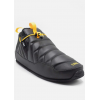 PRFO Sports $119.99 Line Unisex Bootie 1.0
PRFO Sports $119.99 Line Unisex Bootie 1.0 -
 PRFO Sports $119.99 Line Unisex Bootie 1.0
PRFO Sports $119.99 Line Unisex Bootie 1.0 -
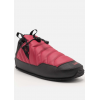 PRFO Sports $119.99 Line Unisex Bootie 1.0
PRFO Sports $119.99 Line Unisex Bootie 1.0 -
 PRFO Sports $119.99 Line Unisex Bootie 1.0
PRFO Sports $119.99 Line Unisex Bootie 1.0

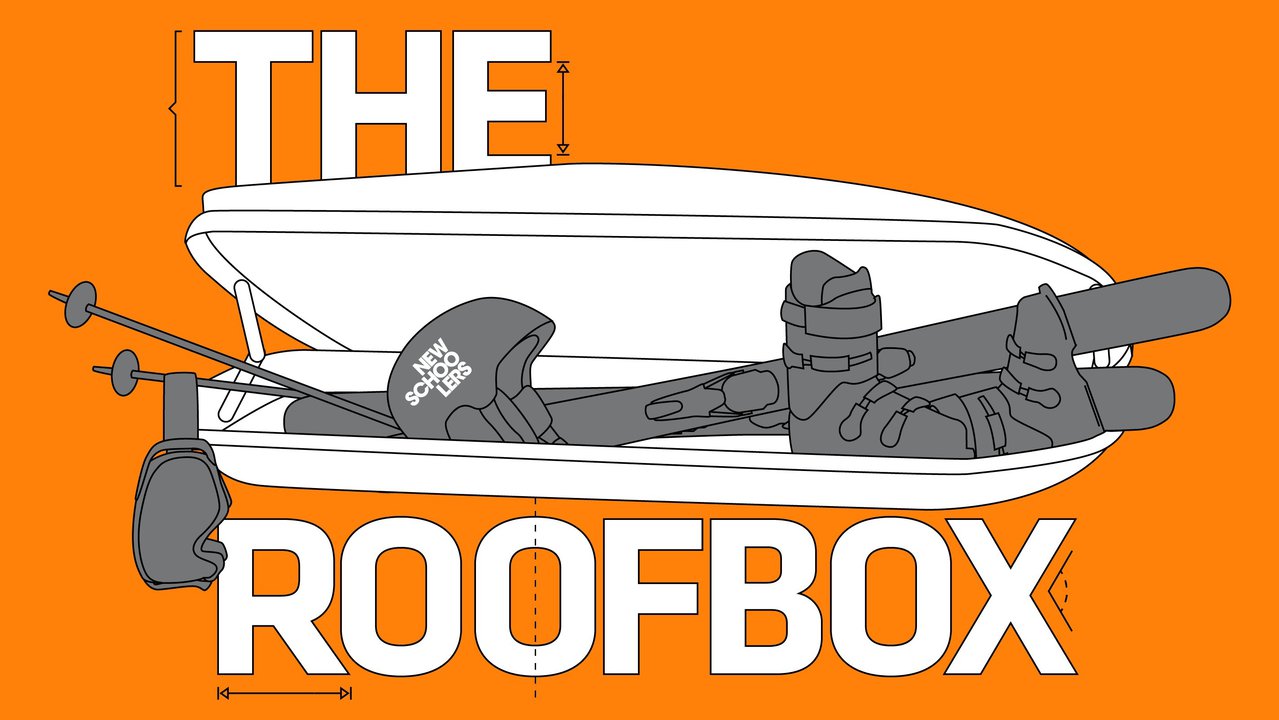


Comments